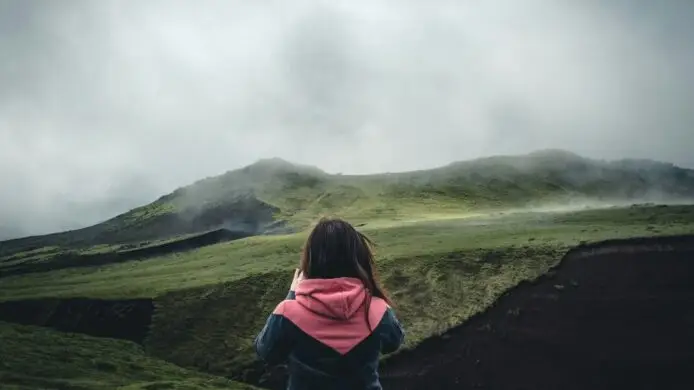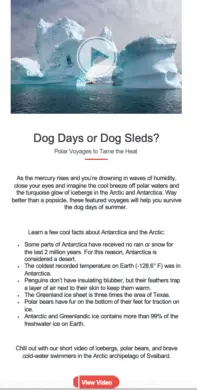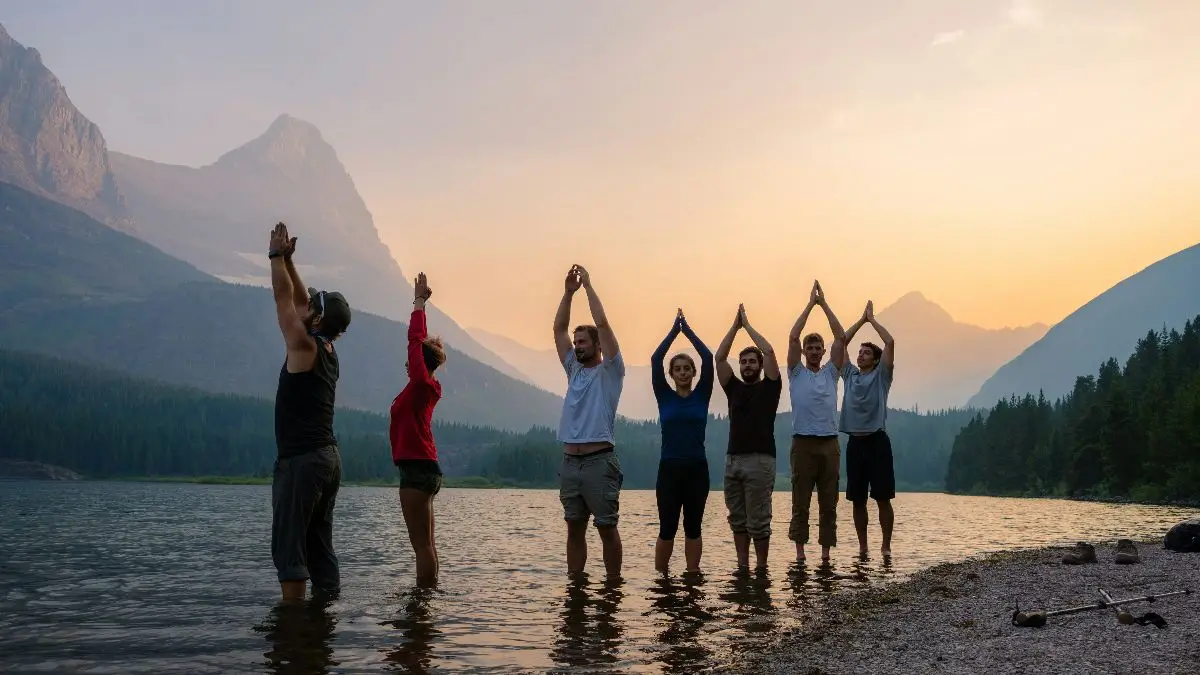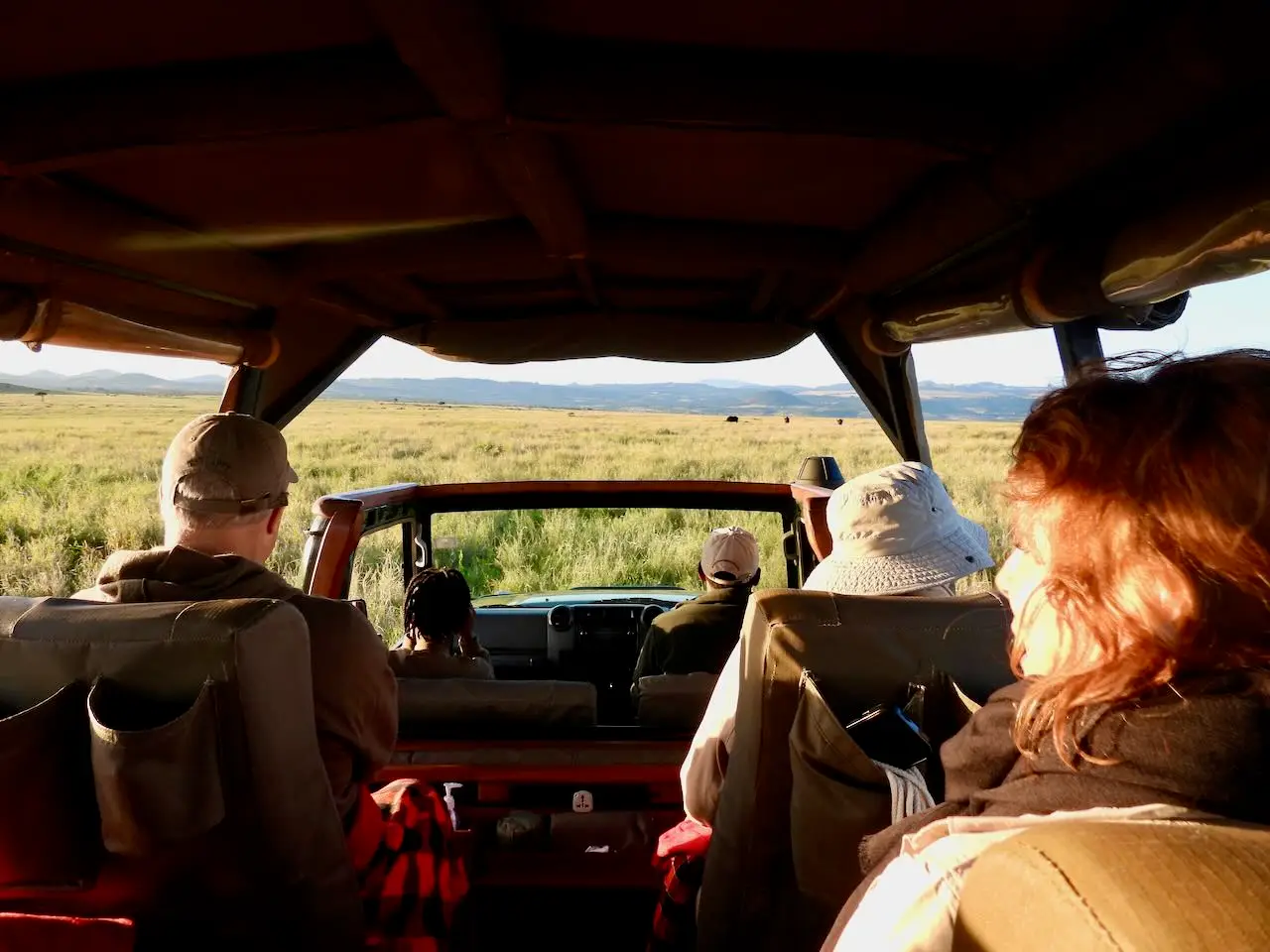Creating Compelling Content for Today’s Travelers
What your travel marketing company should be doing right now to stay ahead
The travel industry has changed — and so have traveler expectations. It’s no longer just about promoting destinations. It’s about building relevance, trust, and connection through smarter, story-driven content. Whether you’re a boutique operator or a global travel marketing company, here are six key trends that should shape your next campaign from Jaunt, a travel and tourism marketing company.
1. Personalization Isn’t Optional — It’s Expected
Modern travelers want content that feels custom-built. The top-performing travel marketing companies are using AI to create hyper-personalized landing pages, real-time itinerary suggestions, and behavior-based email flows. The result? Messaging that hits when it matters and moves travelers closer to booking.
Example:
This episode of Expedia’s “Powering Travel” podcast spotlights how empathy‑driven, data-led personalization is becoming the new standard in travel and event delivery. Partnerships with ecosystem experts like AEG allow travel brands to differentiate through tailored journeys, surprising service, and memorable emotional connections at scale.
2. Short-Form Video = Big Reach
TikTok. Instagram Reels. YouTube Shorts. These are the front doors to travel inspiration. Quick, engaging videos help your brand show up where discovery happens — especially for Gen Z and Millennial travelers. Use video to highlight hidden gems, behind-the-scenes moments, or quick travel tips.
Example:
This Skift article outlines “Three Ways Visual Storytelling Boosts your Destination Marketing Strategy“
- Authentic visuals build credibility and trust
- User generated and collaborative content extend reach
- Visual storytelling streamlines the sales funnel

3. The Smart Newsletter Revival
Newsletters are back — but smarter, more focused, and designed like mini-magazines. The best travel marketing companies are building curated email series that match traveler types or trip themes. Instead of broad blasts, send content that feels personal, useful, and genuinely worth opening.
Example:

4. Storytelling with Purpose and Place
Say goodbye to bios and boilerplate. Travelers want stories that ground them in culture, meaning, and place. Marketing companies in the travel space are swapping self-promotion for traveler-first storytelling — highlighting local insights, sustainable practices, and transformation through experience.
Examples:
The article from Content Marketing Institute highlights inspiring (and award winning) storytelling campaigns from five travel organizations that successfully turn ordinary destinations into aspirational experiences:
-
Connecticut Office of Tourism — Find Your Vibe
This campaign reframes Connecticut as a destination-perfect for short, memorable getaways. Through dynamic video content and articles showcasing activities like hiking with llamas or arts events, Connecticut offers a layered getaway experience despite its small size. -
Marriott Bonvoy — The Road to Beautiful, in collaboration with Rolling Stone
Designed for Gen‑X festival goers, this series captures interviews with artists during the Life Is Beautiful Festival at boutique Marriott properties. Segments mix performance footage, cultural exploration, and behind‑the‑scenes insights. -
Airbnb — Belong Anywhere and Stories from the Airbnb Community
Leveraging user-generated content and authentic host–guest journeys, Airbnb crafts narratives grounded in belonging and discovery. These emotional stories humanize the brand and elevate travel from transaction to transformation. -
GoPro — User‑Generated Adventure Stories
Rather than showcasing their gear directly, GoPro encourages its audience to share their own extreme sports and travel experiences. This strategy builds a global community and proves the brand’s power through raw authenticity—not ads.
Connecticut, Marriott, Airbnb, and GoPro ultimately illustrate how travel brands can inspire with narrative-led content, not just imagery or promotion. They highlight immersive storytelling as a pathway to capturing attention, evoking emotion, and driving engagement long-term.

5. Micro-Newsletters = Macro Results
Highly segmented, niche email series are driving big wins. Think: dispatches from specific regions, interest-based travel themes, or gear guides tailored to activity level. These bite-sized, curated emails help travel brands speak directly to high-intent audiences.
Example:
One idea is to create email for specific segments of your audience, like women over 50. Or focus on one lucrative and specific market like women over 50.
JourneyWoman was founded in 1994 and is the world’s first solo travel resource dedicated to women over 50. Originally a grassroots website, it has since grown into a trusted editorial platform, community hub, and global directory serving tens of thousands of mature women who travel solo. The platform lives its values by publishing ad‑free content written by accredited travel writers that focusing on real-world experience, safety, diversity, inclusivity, and sustainability. And publishes a newsletter that focuses on solo female travelers over 50.
According to research from JourneyWoman, Colette, Intrepid Travel, and Aurora Expeditions, travel spending by Women 50+ is almost equal to the entire Millennial marketplace. Why not reach this profitable and engaged segment through a newsletter and products that address the way they like to travel — less-traveled destinations and slower, longer trips?
6. UGC Is Still King — and Getting Smarter
User-generated content remains one of the most trusted formats in travel. But now, it’s evolving. The smartest travel marketing companies are using tools to auto-tag, curate, and publish traveler photos, reviews, and reels across all channels. The goal? Let real travelers do the talking — and the converting.
Example:
Expedia Trip Matching is an AI-powered innovation that transforms Instagram Reels into personalized travel itineraries— all without leaving the app. By sharing any publicly available, travel‑related Reel with Expedia’s Instagram account, users instantly receive AI-generated destination suggestions, hotel ideas, hidden gems, and multi-day travel plans tailored to the visuals in the video. The conversation unfolds inside Instagram, where travelers can refine their itinerary, ask follow-up questions, and complete bookings on the Expedia platform.
The net net
Trends come and go. But great travel marketing always centers on the traveler. In 2025, that means blending smart tech, strong storytelling, and intentional strategy. If your travel marketing company is ready to lead — not just keep up — now’s the time to act. And Jaunt Content Marketing can help with your tourism and travel marketing.





